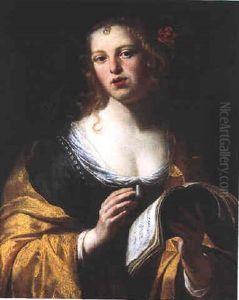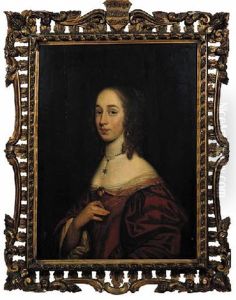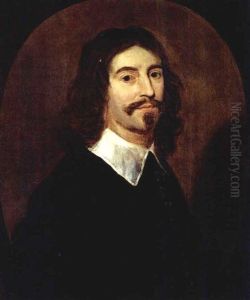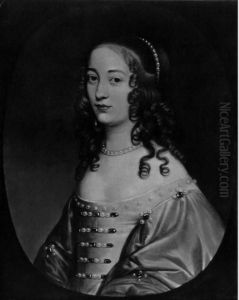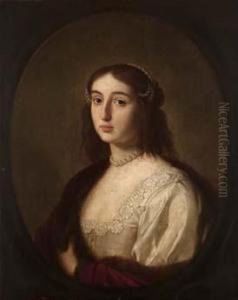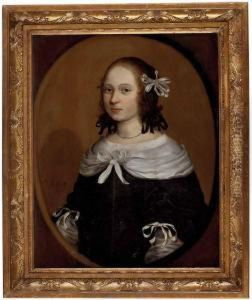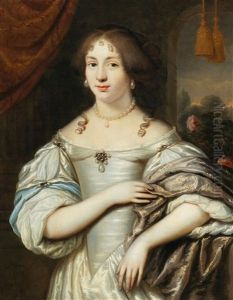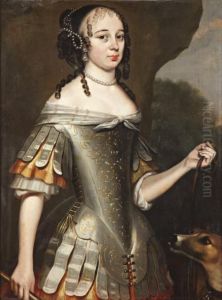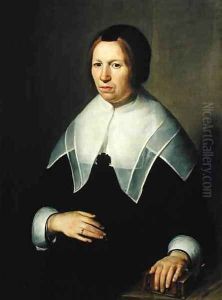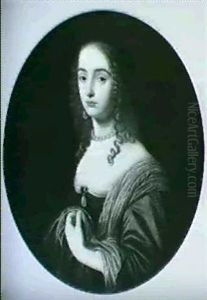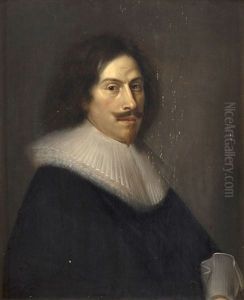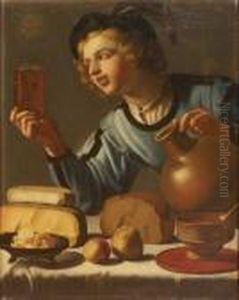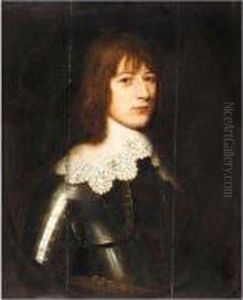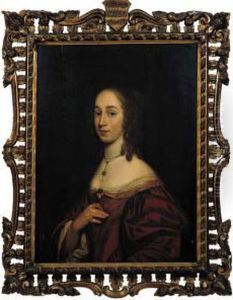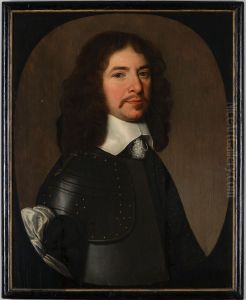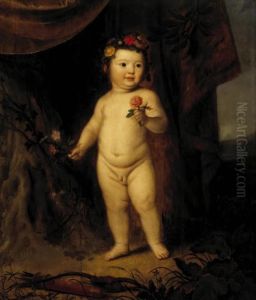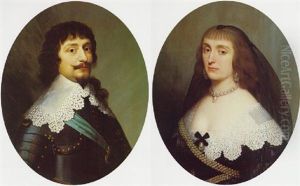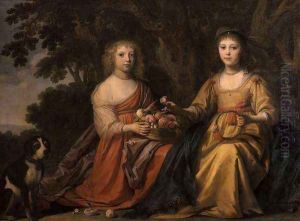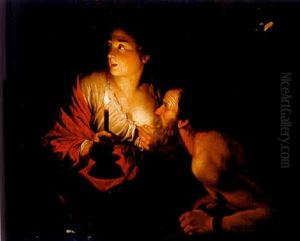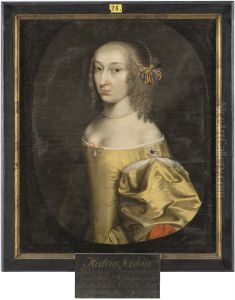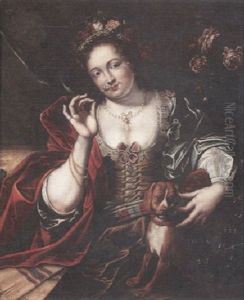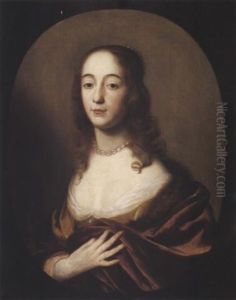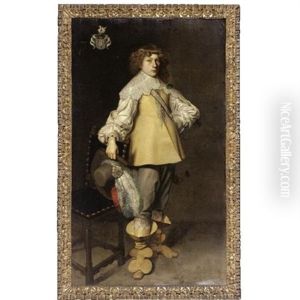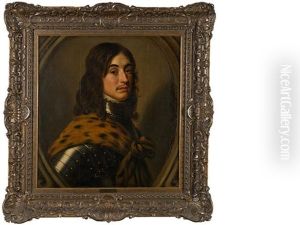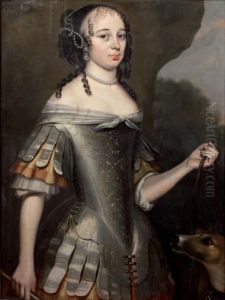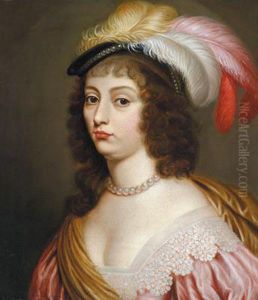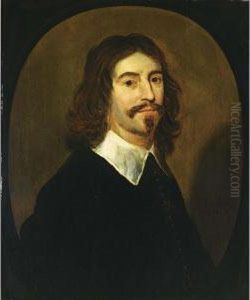Willem van Honthorst Paintings
Willem van Honthorst, also known as Guillielmus Honthorst or Gherardo delle Notti due to his skillful use of candlelight and torchlight in his paintings, was a Dutch Golden Age painter. Born in Utrecht on November 4, 1590, he was one of the foremost Utrecht Caravaggisti—artists who were influenced by the style of the Italian painter Caravaggio.
Willem was the brother of another famous painter, Gerrit van Honthorst, and together they contributed to the development of Dutch art during the 17th century. Willem's style, however, was somewhat overshadowed by the success of his brother. Nonetheless, he developed a distinctive style that emphasized the interplay of light and shadow, a technique that became known as chiaroscuro.
Van Honthorst's early works were religious scenes that showed the influence of Caravaggio's dramatic lighting. He spent a significant part of his career in Italy, where he absorbed Italian artistic trends and incorporated them into his own work. Upon his return to the Netherlands, he continued to work on religious themes but also expanded to include genre scenes and portraits.
Despite living in the shadow of his more famous brother, Willem van Honthorst was a respected artist in his own right. He was known for his ability to create a sense of intimacy and immediacy in his works, often using close-up views and dramatic illumination to draw the viewer into the scene. His paintings are characterized by their warm tones and the subtle manner in which he depicted the textures of fabrics and materials.
Willem van Honthorst passed away in Utrecht in 1656. His contributions to the Dutch Golden Age of painting have left a lasting legacy, and his works are now held in various museums and collections around the world. His mastery of light effects continued to influence artists long after his death, and he remains an important figure in the study of Caravaggisti and their impact on European art.
